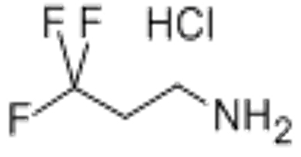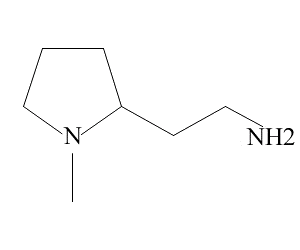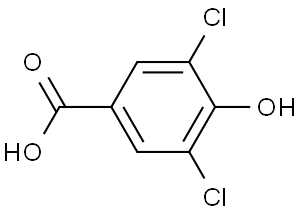4-Bromopyridine hydrochloride(CAS# 19524-06-2)
Risk and Safety
| Risk Codes | R22 – Harmful if swallowed R36/37/38 – Irritating to eyes, respiratory system and skin. R20/21/22 – Harmful by inhalation, in contact with skin and if swallowed. |
| Safety Description | S26 – In case of contact with eyes, rinse immediately with plenty of water and seek medical advice. S36 – Wear suitable protective clothing. S36/37/39 – Wear suitable protective clothing, gloves and eye/face protection. S22 – Do not breathe dust. |
| UN IDs | 2811 |
| WGK Germany | 3 |
| FLUKA BRAND F CODES | 3-10 |
| HS Code | 29333999 |
| Hazard Note | Irritant |
| Hazard Class | 6.1 |
| Packing Group | III |
4-Bromopyridine hydrochloride(CAS# 19524-06-2) introduction
4-Bromopyridine hydrochloride is an organic compound. The following is an introduction to its nature, use, manufacturing method and safety information:
Quality:
- Appearance: 4-Bromopyridine hydrochloride is a white to slightly yellow crystal.
- Solubility: It is soluble in water and can be dissolved in solvents such as ethanol and acetone.
Use:
4-Bromopyridine hydrochloride plays an important role in organic synthesis and is often used as a catalyst, raw material, intermediate, etc.
- Catalyst: It can be used to catalyze reactions such as esterification, olefin polymerization, etc.
- Intermediates: 4-bromopyridine hydrochloride is often used as an intermediate in organic synthesis to participate in multi-step reactions or as a reactant to be converted into target products.
Method:
The preparation method of 4-bromopyridine hydrochloride is usually made by the reaction of 4-bromopyridine and hydrochloric acid. The specific preparation steps can be described in detail in the literature or in the professional laboratory manual.
Safety Information:
- 4-Bromopyridine hydrochloride is stored and handled in accordance with general laboratory safety protocols, such as wearing protective eyewear, gloves, and a lab coat. Avoid inhaling dust or contact with skin and eyes.
- When handling or transporting, avoid contact with strong oxidants, strong acids or strong bases to avoid dangerous reactions.
- In case of accidental inhalation or contact with the compound, wash the affected area immediately and seek medical attention promptly.


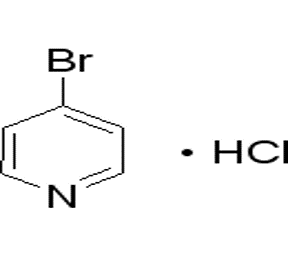
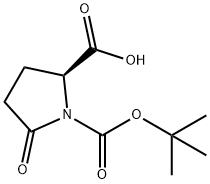
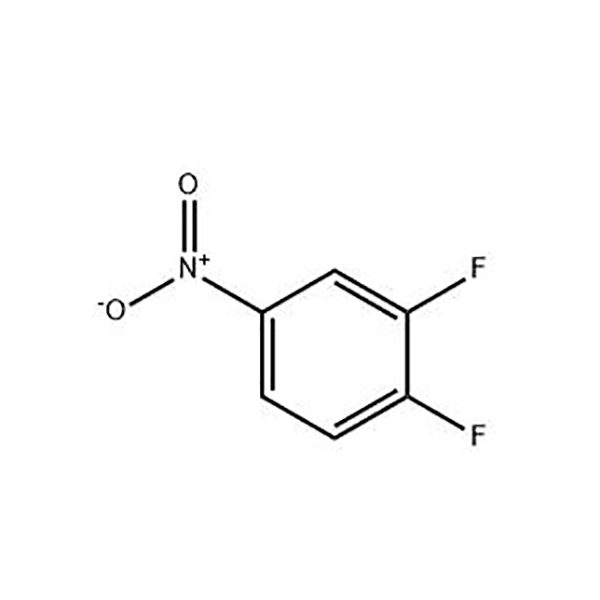
![4-methyl-1-oxaspiro[5.5]undecene(CAS#68228-06-8)](https://www.xinchem.com/uploads/4-methyl-1-oxaspiro5.5undecene.jpg)
